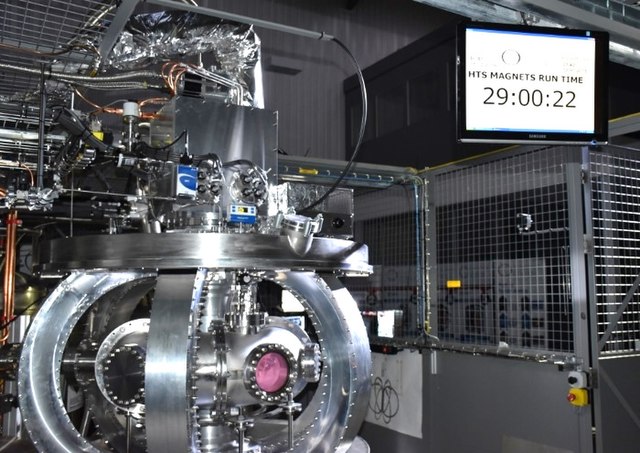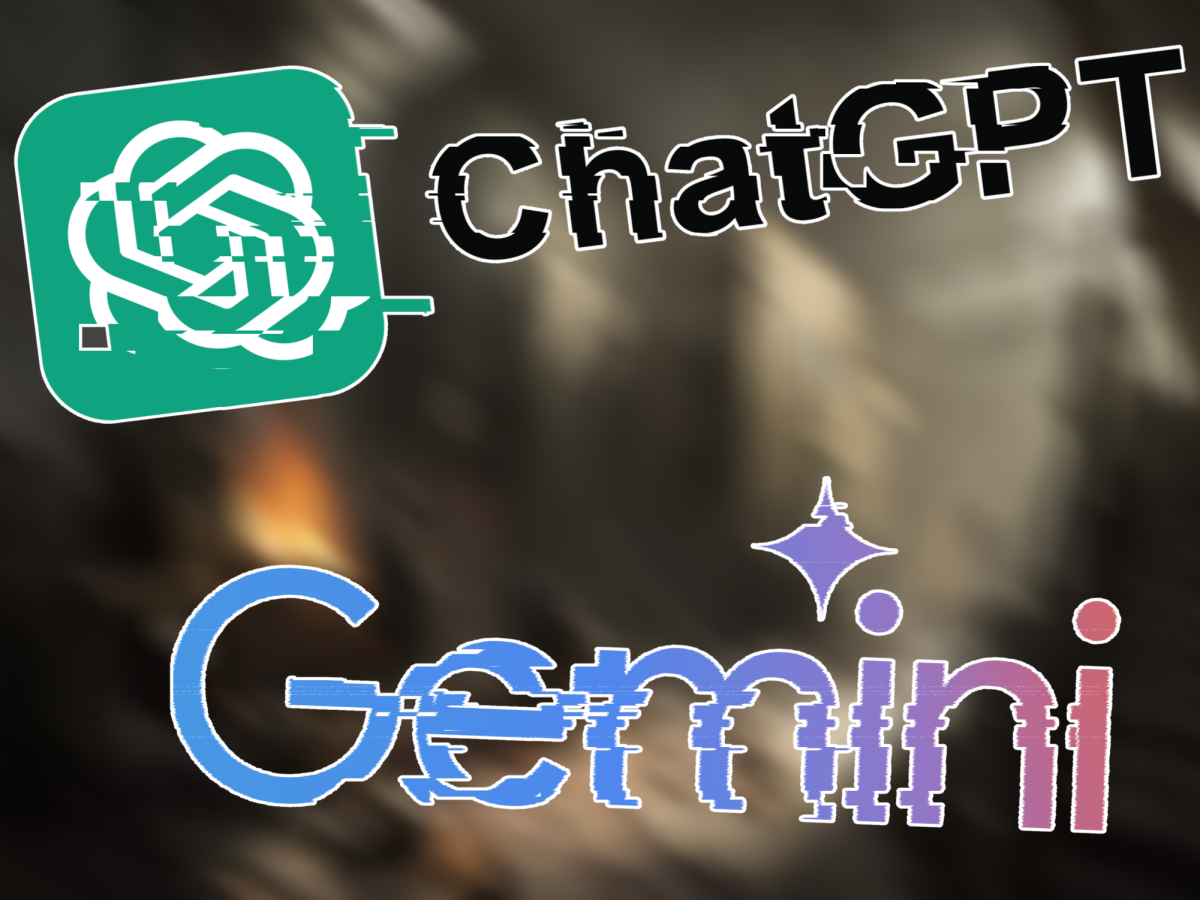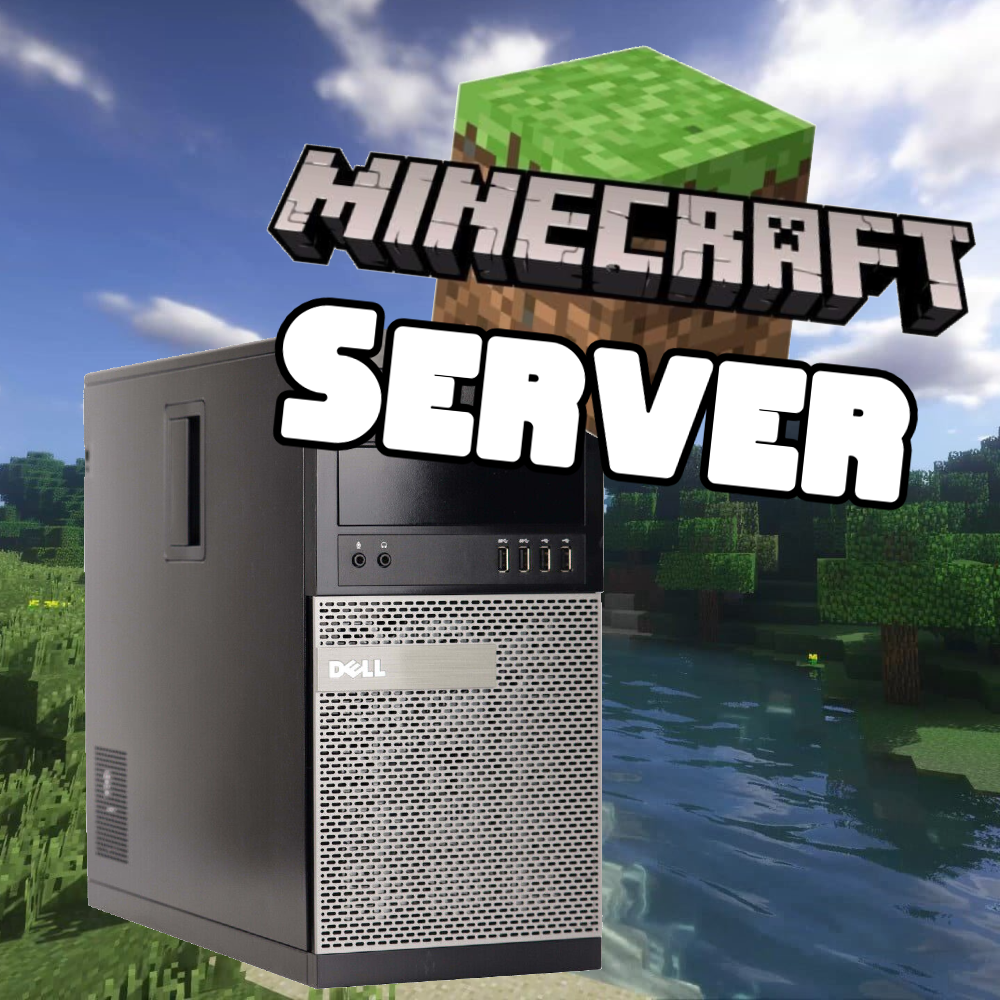We’ve all heard of nuclear power plants, right? The big, tall, and extremely expensive smoke stacks with the power to feed over 100,000 homes a year. With this powerful technology, you’d think that it would be sustainable, but the sad thing is, it uses so many non-renewable resources from the Earth that we can never get back. But there’s a new competitor to this idea of nuclear energy. These days, we use nuclear fission to get this power. Fission is the process of shooting an atom at another to split it. But a new idea… well, I can’t say new because this idea has been around for a long time, nuclear fusion. This technology allows for two atoms to be combined, and it releases energy to power our homes.
Enter the JT-60SA, a behemoth of modern technology located in Naka, Japan. This six-story tall tokamak, a doughnut-shaped reactor, is currently the world’s largest and most advanced experimental fusion reactor. It’s a collaborative effort between Japan and Europe, representing a significant step towards unlocking the potential of fusion energy.
The JT-60SA is designed to achieve several key objectives:
- Investigate the feasibility of fusion as a large-scale, carbon-free energy source by aiming for net energy gain, meaning producing more energy than it consumes.
- Support the operation of ITER, an even larger and more powerful tokamak under construction in France, by providing valuable data and validating the design.
- Optimize the operation of future fusion power plants by exploring different configurations and operating scenarios.
While achieving sustained fusion energy is a complex challenge, the JT-60SA represents a significant leap forward. It has already achieved several milestones, including the first plasma discharge in March 2023 and the successful completion of its first experimental campaign in July. Hopefully we can see Nuclear fusion move over to the U.S. in a much more stable state, maybe move a facility near us, and we can have fast, free, and renewable energy for everyone to enjoy.








